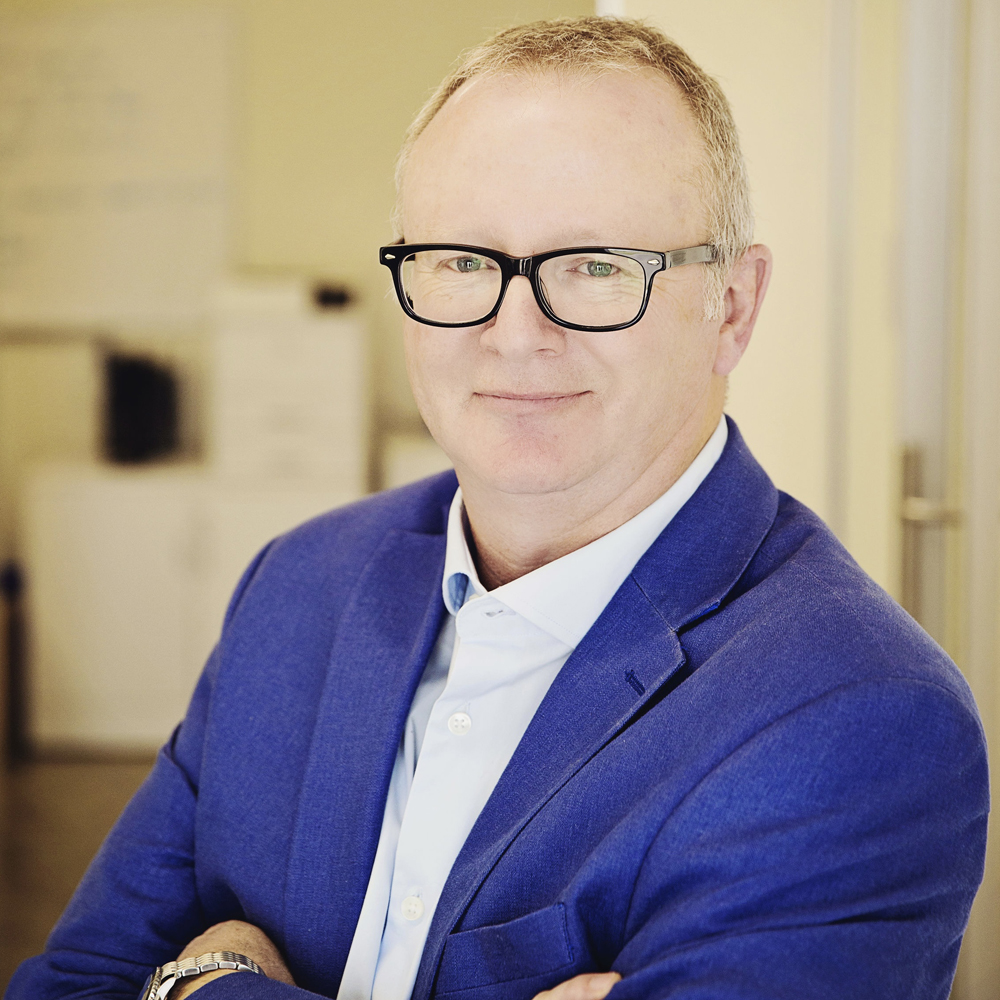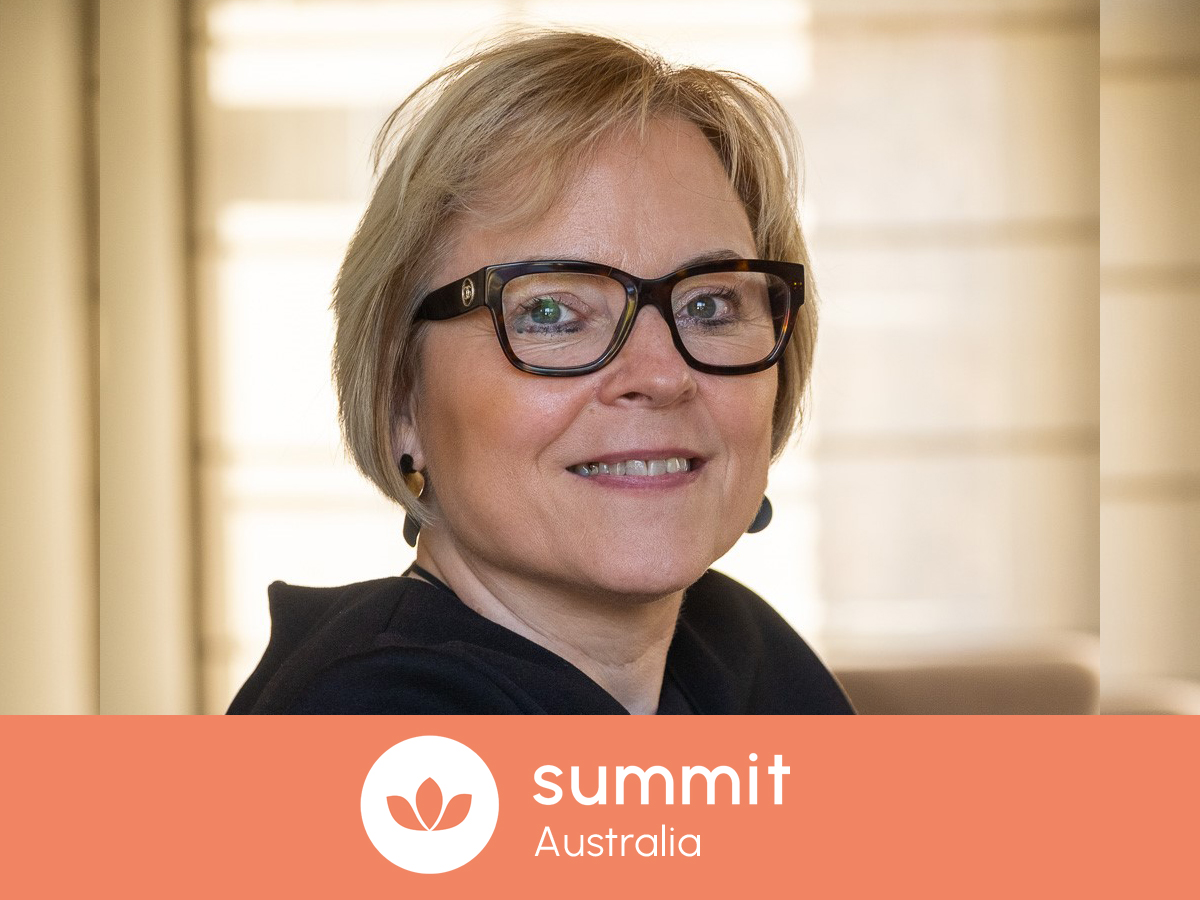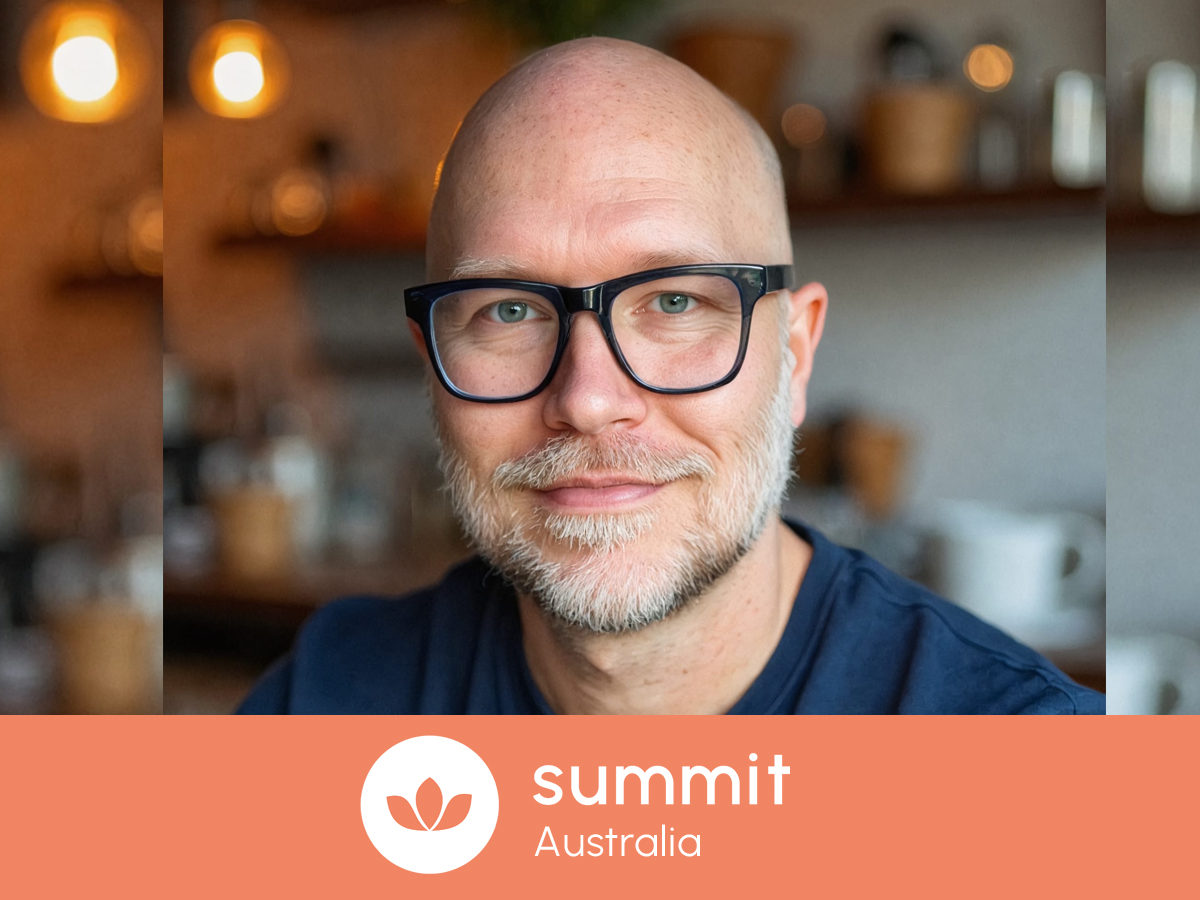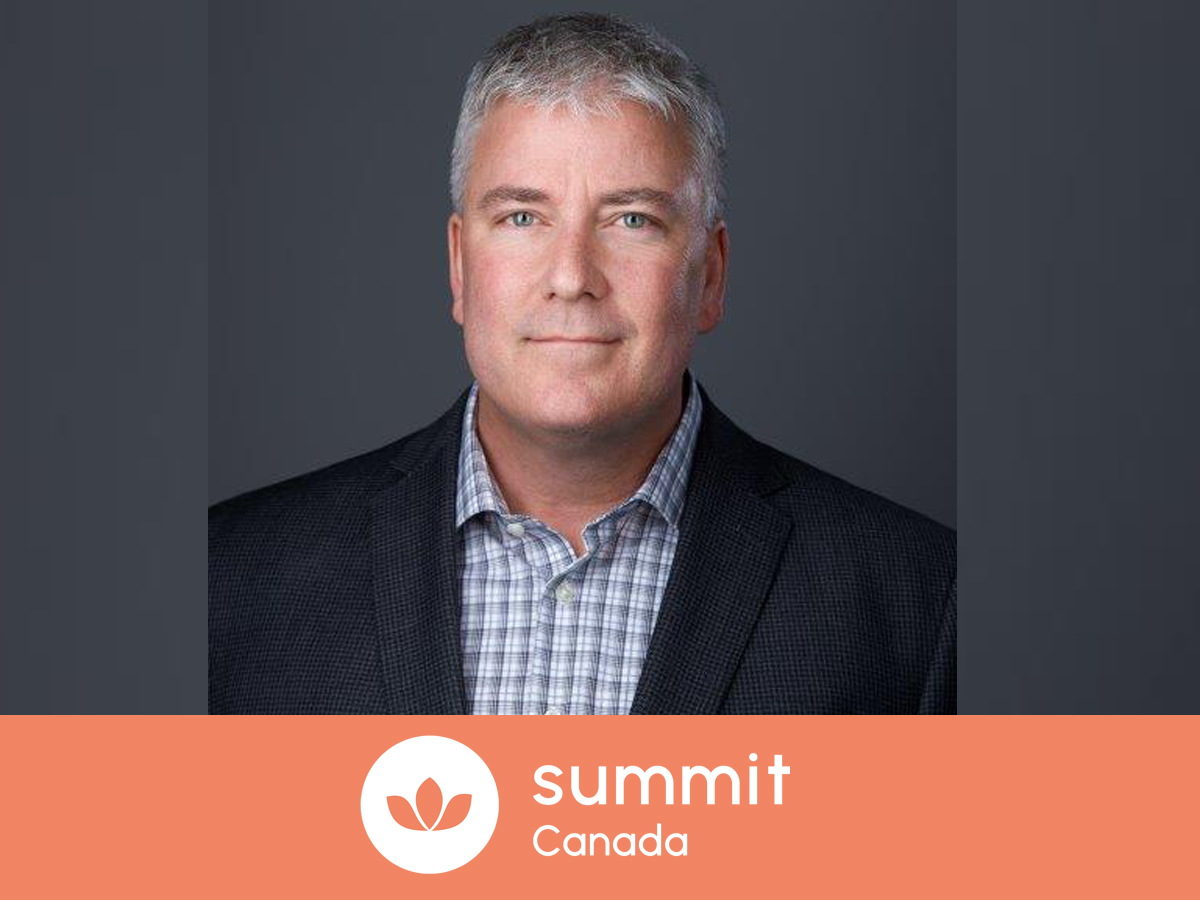
Vaughn brings over 30 years of leadership experience across the mining, power, manufacturing, and water industries, working with both national and international organizations in Canada and the United States. His career has taken him from the plant floor to the boardroom, where he has had the privilege of leading large, diverse teams of tradespeople and professionals. A professional engineer with a civil engineering degree from the University of Manitoba, Vaughn also holds credentials in environmental and water resources technology from Saskatchewan Polytechnic, along with executive education from the Justice Institute of British Columbia, Banff Centre, and Queen’s University.
We are delighted that Vaughn will be speaking in Calgary as part of our Canada Summit this year. We caught up with him to find out how he’s feeling in the runup to the event.
Hi Vaughn, we are thrilled that you will be speaking at the Wellbeing at Work Summit Canada in October. Our first and most important question is, how are you doing today?
I’m doing well, thank you. Like many leaders, I’m balancing the demands of a rapidly changing business sector with the need to stay grounded and focused on people. What keeps me energized is seeing our teams grow stronger and more resilient—even in challenging times.
As a leader based in the region, what are the main challenges you are facing when it comes to employee wellbeing and mental health?
In our region, one of the biggest challenges is workforce scarcity—there are simply not enough certified operators, skilled trades, and professionals to go around. That creates higher workloads, greater pressure, and in some cases isolation, especially in smaller communities. Another challenge is stigma—despite progress, talking openly about mental health can still feel uncomfortable for employees, especially in technical and trade environments.
What strategies have you seen developing over the past 6 months, both internally and externally, that are moving the dial on wellbeing in the workplace?
Over the past six months, I’ve seen positive momentum in a number of areas; working with leaders to recognize signs of stress and support their teams, being connected to and sensitive of what’s going on in the world around us, such as the potential teachers strike and the stress that loads onto employees with children, investing in leadership training across the board for all levels of the organization from the front line to executives.
Why is employee wellbeing so important to you personally?
My father died from a heart attack when I was 14 due directly, I believe, to a toxic workplace. I figured if I ever got a chance to lead people, I would try to do it differently!
What impact is AI having in your organization and how are you managing that?
AI is already helping us in predictive maintenance, data analysis, and customer service automation. The challenge is balancing efficiency with people—making sure AI augments, not replaces, the human expertise that is critical in utilities. We’re managing this by involving employees early, offering training, and emphasizing that AI is here to support decision-making, not take it away.
Other than AI, are there any challenges that you are seeing for the first time and how are you addressing them?
Climate change pressures are intensifying. Extreme weather events are becoming more frequent, which directly impacts water and wastewater systems. This is relatively new in its intensity. We’re addressing it by investing in resilience planning, emergency preparedness, and by supporting our people who often have to respond in stressful, high-stakes situations.
What areas do you think employers should be focused on over the next 12 months?
Over the next 12 months, employers should focus on embedding wellbeing into workplace culture, offering greater flexibility in work design, and addressing financial stress as a core wellbeing issue. Leaders need training to recognize and support mental health, while organizations must carefully manage the impact of AI and technology on employee security and workload. Building community and connection will be vital to combat isolation.
Do you feel that investment in employee wellbeing in the region is increasing or decreasing and is that a direct reflection on HR leaders’ increasing ability to demonstrate effective returns of their strategies to leadership?
I would say it will continue to increase but realistically just start to get where it should have been all along. I would also add if the investment in treating people well has to be justified by HR with an ROI before Leadership gets on board, then the Board needs new Leadership.
How has your organization been leading the way?
Our approach is integrated, not just additive: wellness, volunteering, training, communication, all these are woven into the fabric of how Aquatera operates, not just tacked on. Our strategy is long-term and consistent. Maintaining a “top employer” reputation over multiple years requires evolving our practices, staying responsive to employee needs, and keeping pace with best practices.
The alignment with local/community identity gives added legitimacy. Because Aquatera’s operations affect municipalities and citizens directly, the expectations for stewardship and social responsibility are higher—and we lean into that. The visible link between “doing good for employees” and “doing good for the community/customers” creates a virtuous cycle.
Vaughn will be speaking in Calgary at the Wellbeing at Work Summit Canada.
Our Toronto Summit takes place on October 21, 2025. Visit our Toronto webpage for further details and to book your tickets.
Our Calgary Summit takes place on October 23, 2025. To find out more about our Calgary Summit and book your tickets please visit our Calgary webpage.



